Listen and follow
Introduction
OKR Alignment is about Direction, Teamwork and Momentum.
Running a business is tough. As a company grows, teams, projects and priorities can get lost in the complexities of operating a business. The path forward can feel more like survival than strategy.
OKR, Objectives and Key Results, is employed by companies big and small to help them align and focus their resources on achieving the important company aspirations.
New to OKRs? See the video “What is OKR?”.

Company Growing Pains
When a company is only 5-10 people, it’s easy to organize and keep an eye on projects and progress. But as a company grows to 20, 30, 40 people or more, it gets incrementally more difficult to steer the ship.
The Organization Chart
The CEO will establish a hierararchy of authority, delegating responsibilities to executives, managers, and team leaders – this manifests in the organization chart, an important visual “chain of command”.
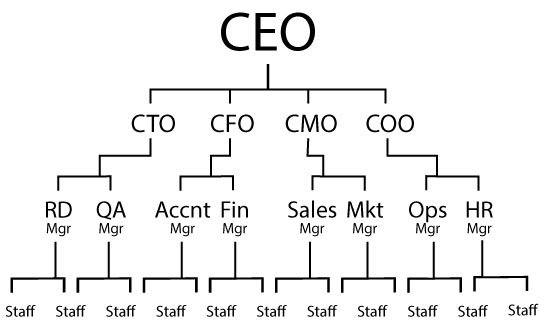
The Silo Effect
The organization chart is important, but this structure often throws up invisible barriers or boundaries called “Silos”.
The “Silo Effect” is a well-documented phenomenon that manifests in clashing projects, duplicate-work, divergent priorities, and departmental conflict. Managers protect their turfs and the situation devolves into project problems and finger-pointing.
It’s an uncomfortable and simmering problem in Taiwan Tech Companies.
Read more about Silos here “OKR vs Departmental Conflict“.
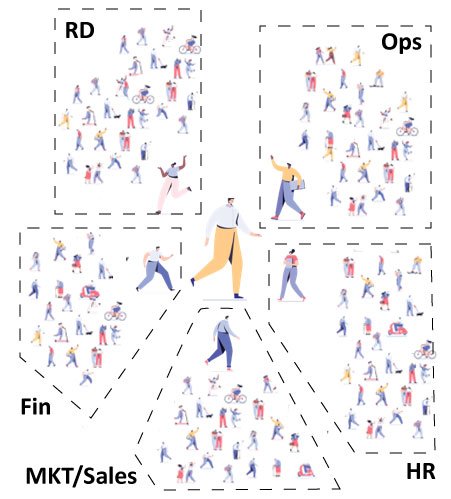
Silo Effect
OKRs – Hierarchy of Goals
Unlike the organization chart, the OKR structure aligns goals—not authority.
The focus is not on the priorities of teams and individuals. It focuses on common goals no matter your departmental affiliations.
A single OKR could gather a team of disparate staff members to brainstorm, solve problems, provide feedback. This diversity ensures a collectively exhaustive input of ideas and solutions.
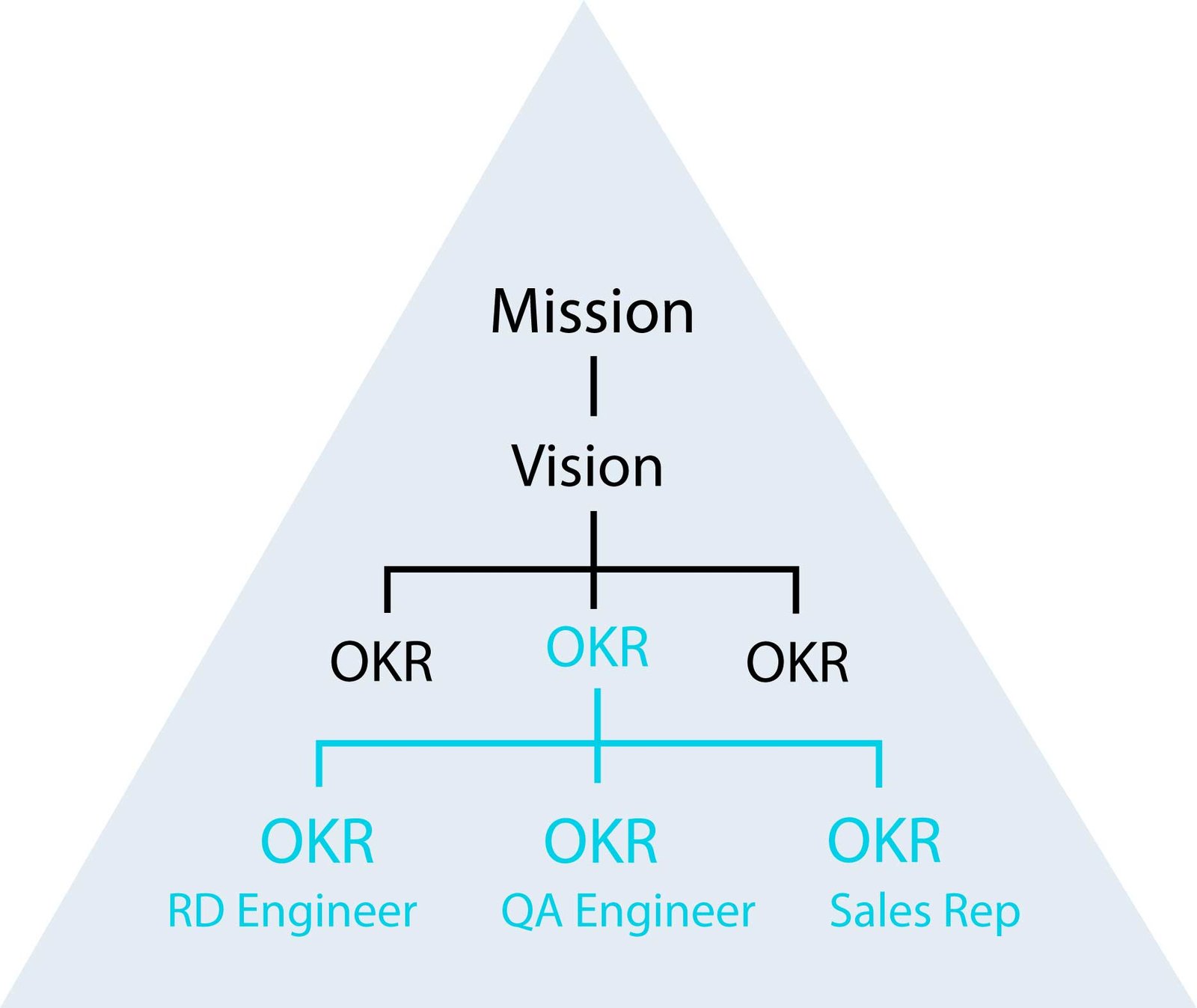
Staff perform at higher levels when the company is aligned.
Organizations align when individual staff understands the business objectives of the company, which is the connection to focused execution.
In the book, “Measure what Matters” by John Doerr it states:
“A lack of alignment, according to a poll of global CEOs, is the number-one obstacle between strategy and execution”.
With OKRs, staff understands alignment from the transparancy of everyone’s work and exposure to the overall business strategies of the organization..
Conclusion – OKR Alignment is a Superpower
When OKRs are established across an organization, everyone unites to push projects forward. OKRs establishes the cadence and strength in numbers builds the momentum.
OKR has 5 superpowers as denoted by the acronym F.A.C.T.S. as documented in “Measure what Matters” by John Doerr.
- F – Focus on Goals
- A – Alignment
- C – Commitment
- T – Tracking
- S – Stretch
OKR alignment brings direction, teamwork, and momentum to life—not just in theory, but in daily execution.
It’s all about the powerful concept of establishing Company Alignment.
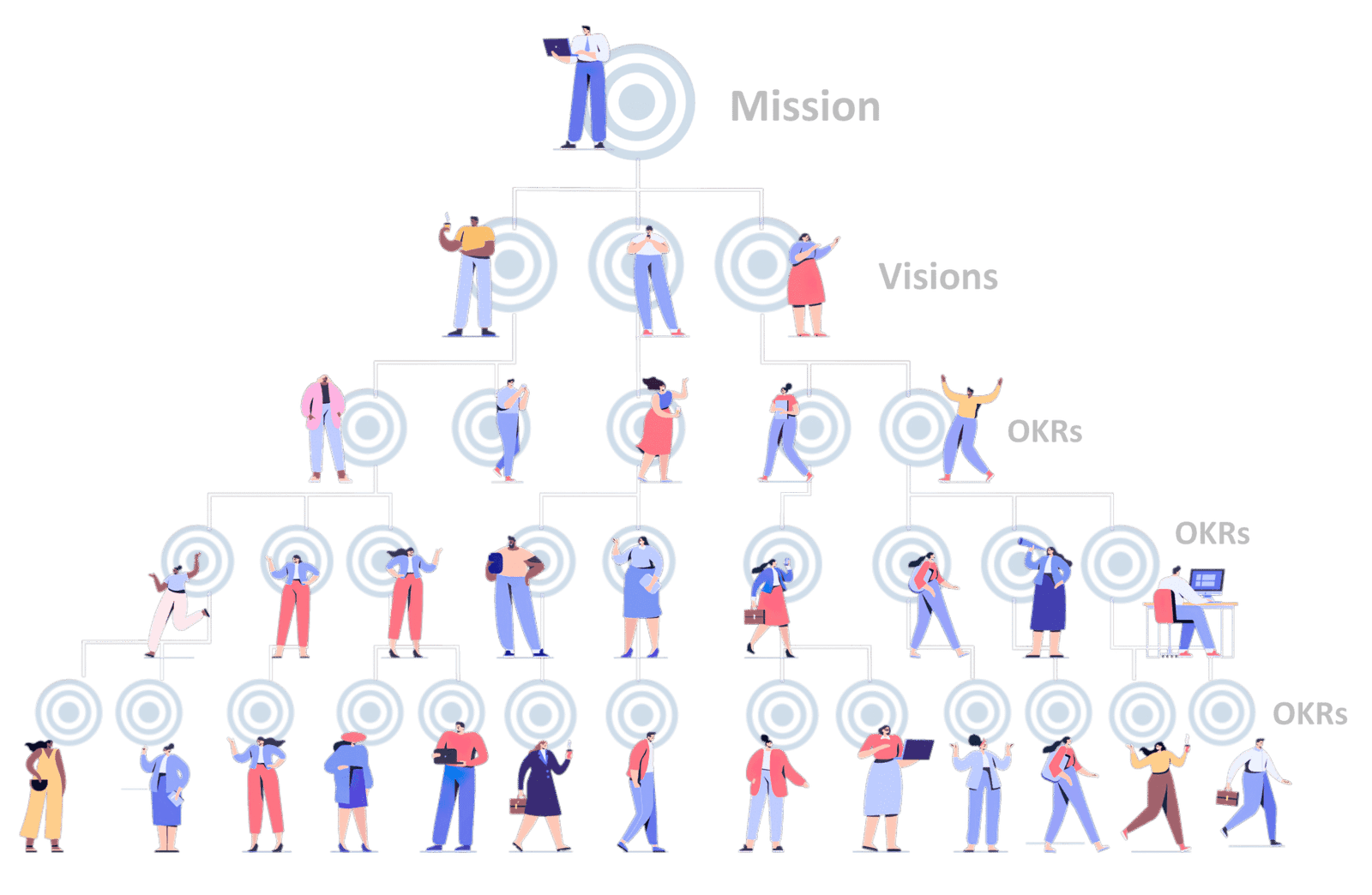
Alignment



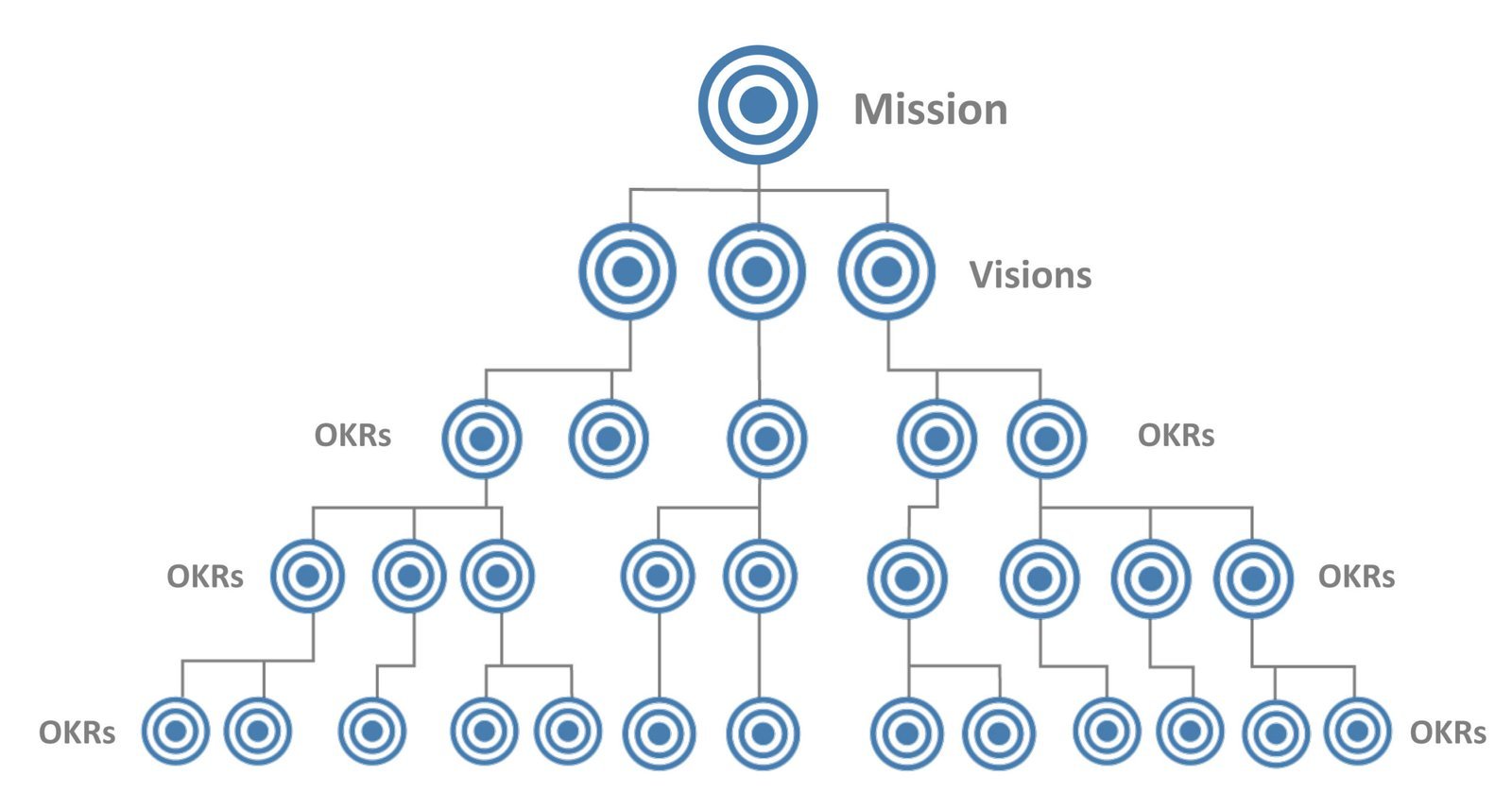
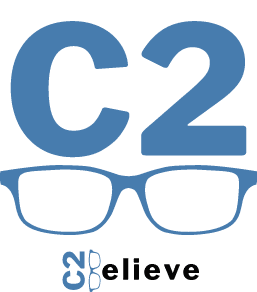






0 Comments